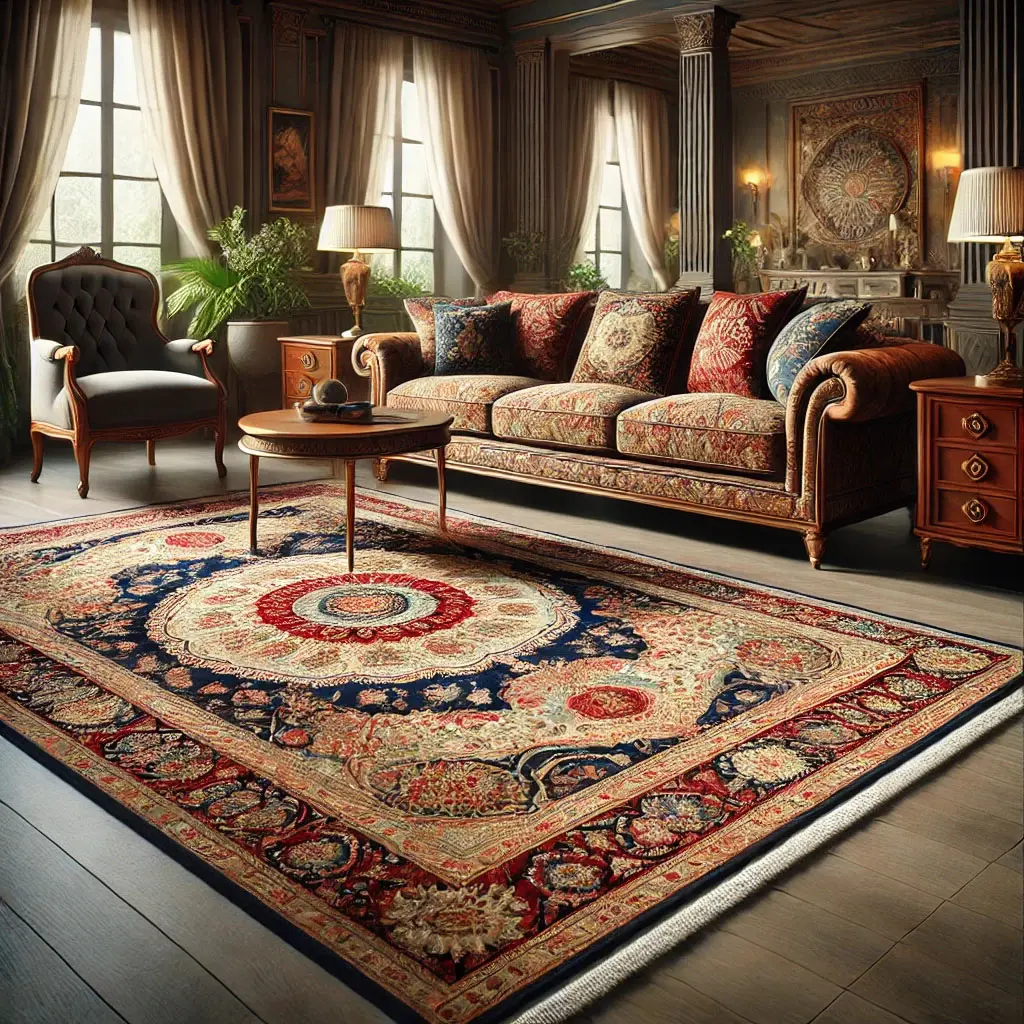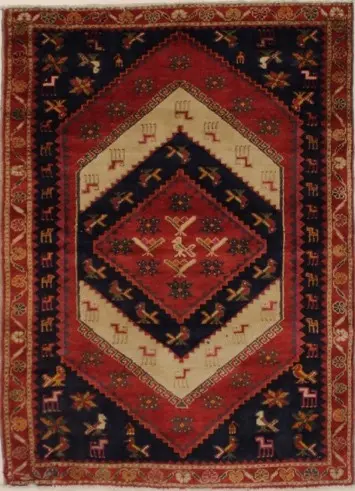For centuries, Persian rugs have been celebrated as some of the most exquisite and enduring art forms in the world. Renowned for their intricate designs, vibrant colors, and unmatched craftsmanship, these rugs represent a rich cultural legacy that has stood the test of time. Let’s explore the fascinating history and meticulous artistry behind Persian rugs and why they continue to captivate collectors and homeowners alike.
A Legacy Rooted in Tradition
The art of Persian rug weaving dates back thousands of years, with its origins traced to ancient Persia, modern-day Iran. Archaeological evidence suggests that rugs were crafted as early as 500 B.C., primarily as a means to provide warmth and protection against harsh climates. Over time, rug weaving evolved into an esteemed form of artistic expression, with patterns and designs reflecting the cultural and historical narratives of Persia.
The Golden Age of Persian Rugs
The Safavid Dynasty (1501–1736) is often referred to as the golden age of Persian rug weaving. During this period, rug-making reached new heights, with royal courts commissioning master weavers to create elaborate designs that showcased the country’s artistic and cultural prowess. Many of the rugs crafted during this era were not only functional but also considered masterpieces, often used to decorate palaces, mosques, and other significant structures.
The Hallmarks of Persian Rugs
Persian rugs are distinguished by their unparalleled craftsmanship, intricate designs, and use of premium materials. Here’s what makes these rugs so exceptional:
Materials: Persian rugs are typically made from high-quality wool, silk, or a combination of both. Wool rugs are prized for their durability and warmth, while silk rugs are cherished for their luxurious texture and intricate detailing.
Hand-Knotting Technique: One of the defining features of Persian rugs is the hand-knotting process, which involves meticulously tying individual knots to create the design. A single rug can take months or even years to complete, depending on its size and complexity.
Designs and Patterns: Persian rugs often feature intricate floral motifs, geometric patterns, and medallion designs. Each region in Persia has its own unique style, such as the bold, tribal patterns of Hamadan rugs or the sophisticated floral designs of Kashan rugs.
Natural Dyes: Persian rugs are traditionally dyed using natural materials, such as plant roots, flowers, and minerals. These dyes create a vibrant yet harmonious color palette that is both eye-catching and enduring.
The Craftsmanship Behind the Art
The creation of a Persian rug is a labor-intensive process that requires exceptional skill and attention to detail. Here’s a glimpse into the journey of crafting a Persian rug:
Design Planning: The process begins with designing a pattern, often inspired by traditional motifs or regional styles. The design is then translated onto a graph, which serves as a guide for the weaver.
Dyeing the Yarn: Wool or silk is dyed using natural materials to achieve rich, vibrant hues. This step is crucial in ensuring the rug’s colors remain vibrant for decades.
Weaving: Using a loom, weavers painstakingly tie each knot by hand, row by row. The density of the knots determines the rug’s durability and level of detail.
Finishing Touches: Once the weaving is complete, the rug is carefully trimmed, washed, and dried to enhance its texture and appearance.
The Cultural Significance of Persian Rugs
Persian rugs are more than just decorative items—they are a reflection of Persian culture, history, and identity. Many patterns and motifs carry symbolic meanings, such as flowers representing paradise or geometric designs symbolizing balance and harmony. Additionally, the craft of rug weaving has been passed down through generations, ensuring that this cherished tradition continues to thrive.
Why Persian Rugs Are Timeless
Persian rugs are a testament to the enduring appeal of fine craftsmanship and artistic expression. Their timeless designs, unmatched quality, and cultural significance make them a worthwhile investment for any home. Whether you’re drawn to their intricate patterns or their rich history, a Persian rug is a piece of art that can be cherished for generations.
Explore Persian Rugs at Magic Rugs
If you’re inspired to bring the beauty and craftsmanship of Persian rugs into your home, explore the exquisite collection at https://magicrugs.com/product-categories/persian-rugs. You’ll find a variety of authentic, handcrafted Persian rugs to suit any style or space.
Here are a few standout pieces from their collection:
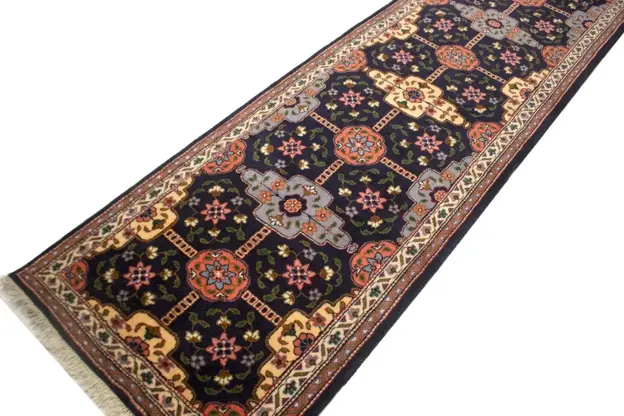
Each rug at Magic Rugs comes with a certificate of authenticity, ensuring you receive a genuine, handcrafted piece of Persian heritage. Celebrate the legacy of Persian artistry—choose a rug that tells a story and transforms your home into a work of art!
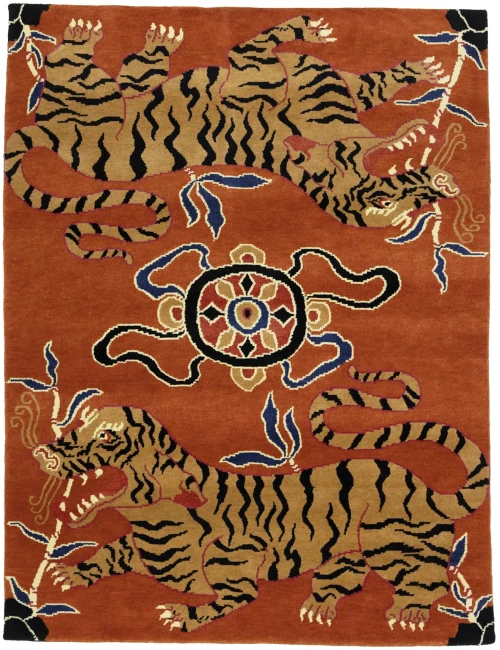
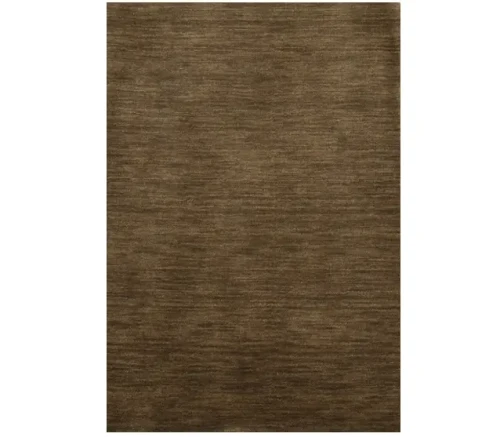
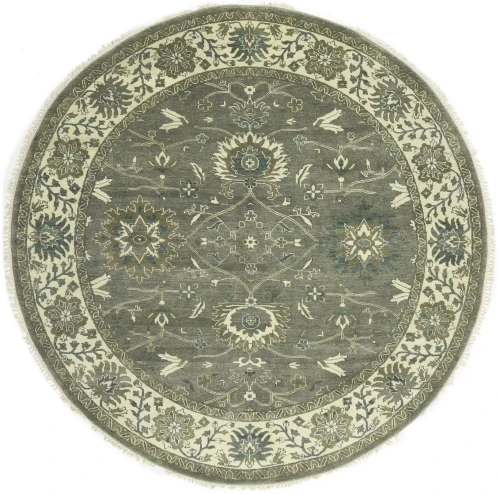

 (704) 763 1111
(704) 763 1111
 Free Shipping & Return
Free Shipping & Return

